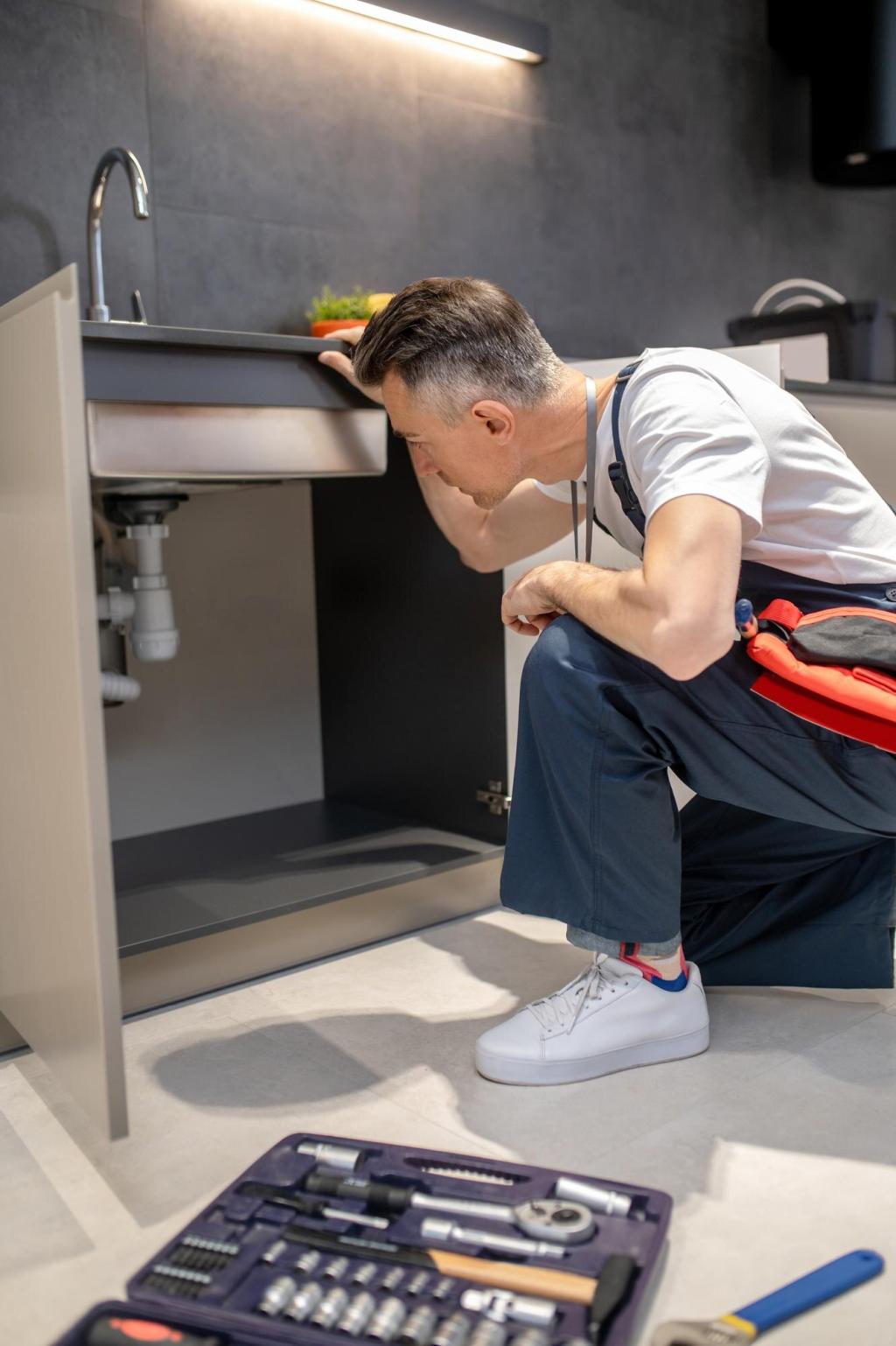How to Repair Plumbing Fixtures: A Comprehensive Guide
Previous
Next
Diagnosing Common Plumbing Problems
Persistent leaks and drips are not only annoying, but they can also cause significant water waste and property damage over time. To identify the source, closely observe connections, joints, and seals for evidence of moisture or corrosion. In some cases, the leak may stem from worn washers, cracked pipes, or faulty gaskets. Making an accurate identification will inform the best course of repair and prevent recurring issues.

Gathering the Right Tools
A well-prepared toolbox can make all the difference when tackling plumbing fixture repairs. Essential tools include an adjustable wrench for loosening and tightening nuts, a pair of channel-lock pliers for gripping pipes, and a basin wrench for reaching tight spaces behind sinks. Additionally, having a plunger handy is crucial for addressing minor clogs. Equipping yourself with quality tools not only makes the repair process smoother but also reduces the risk of damaging fixtures or hardware.

Selecting Appropriate Replacement Parts
Before beginning repairs, it’s important to obtain the correct replacement parts. Plumbing fixtures often require specific washers, O-rings, cartridges, or connecting hoses, depending on the make and model. Always consult the manufacturer’s documentation or bring the old part to a hardware store to ensure compatibility. Using mismatched components can lead to persistent leaks or subpar performance, so attention to detail here is paramount to a successful repair.

Ensuring Proper Safety Measures
Safety should always be a top priority during plumbing repairs. Shut off the water supply to the fixture you are working on to avoid accidental flooding. If you’re working near electrical components, turn off the electricity to minimize shock risk. Wearing gloves and safety glasses can protect you from sharp edges, hot water, or chemical cleaners. Preparing your work area with towels or buckets can also help contain any spills or leaks that occur during the process.
Step-by-Step Repairs for Everyday Fixtures
01
Leaky faucets are typically caused by worn-out washers or faulty cartridges. Begin by shutting off the water supply beneath the sink, then carefully disassemble the faucet handle to expose the inner workings. Remove the faulty washer or cartridge and replace it with a matching new component. Reassemble the faucet, turn the water supply back on, and test for leaks. If water flows normally without drips, the repair has been successful. Addressing such leaks promptly can conserve water and prevent further wear on your faucet.
02
Clogged drains are inconvenient but often easily cleared with simple methods. For sinks and showers, try using a plunger to dislodge minor blockages. If this doesn’t work, remove the drain cover and use a flexible plumber’s snake to break up or retrieve the clog. In many cases, hair, soap scum, or food residue is to blame, so regular cleaning and the use of drain strainers can help prevent future clogs. Avoid harsh chemical drain cleaners, as they can damage pipes and harm the environment.
03
A running toilet often results from a faulty flapper or fill valve within the tank. To repair, remove the tank lid and inspect the flapper for signs of wear or improper seating. Replacing a worn flapper or adjusting the float mechanism can typically resolve the issue. If water continues to run unchecked, the fill valve may require adjustment or replacement. These straightforward repairs not only restore normal toilet function but also help reduce your household’s water consumption.
Join our mailing list
